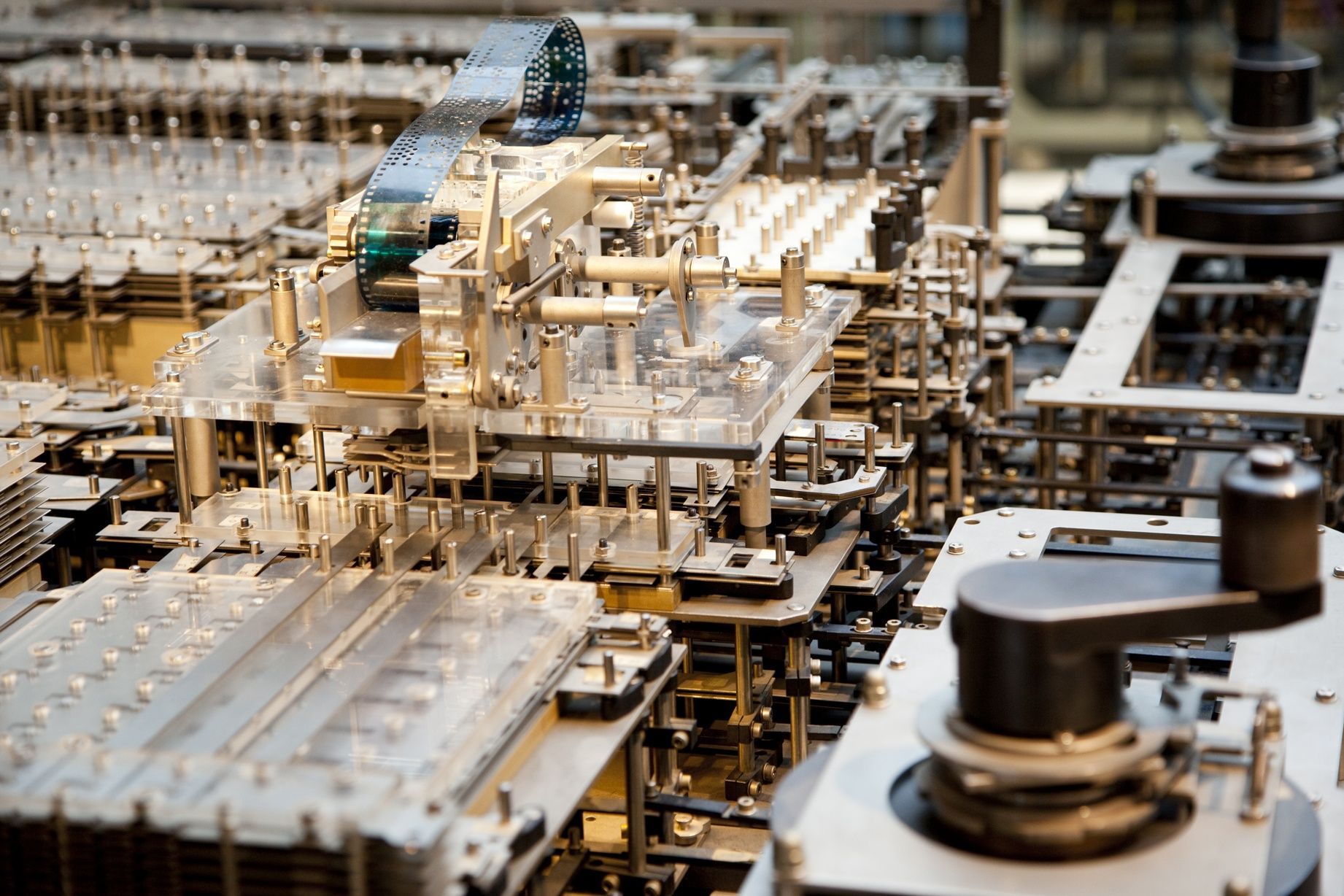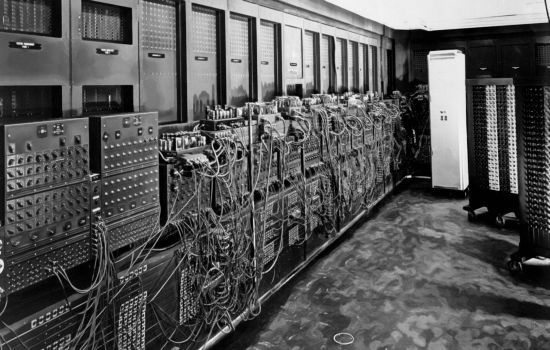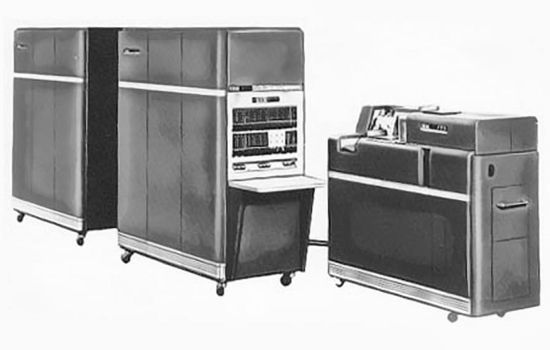C:\Games\DarkAges\Main_Computers



Colossus
Computer for decryption in WWII

Not to be left unmentioned is the Colossus tube computer, which was built in England during World War II specifically to crack encrypted messages from the German military. Thus, the first computer in Great Britain also served military purposes. To encrypt his messages, Hitler used the Lorenz system, which was better than the legendary Enigma cipher machine. However, the British were also able to crack the Lorenz system because a German message transmitter had sent a message in 1941 with 4000 characters twice in a row with the same cipher setting. Also the omission of some characters in the second transmission helped the cryptologists enormously to decrypt the Lorenz system.
In 1943, the Colossus was developed by mathematician Max Newman and engineer Tommy Flowers at the London Research Center. It consisted of 1500 vacuum tubes and could thus process 5000 characters per second. In 1944, shortly before the Normandy landings, the second generation of the Colossus with 2400 tubes went into operation. A total of 10 devices were built. Alan Turing also collaborated. Within a few hours, the computer was able to decipher the Lorenz code, which would have taken weeks to do before. However, the Colossus was not a real computer. With its possibilities, it was a universal calculating machine according to Turing’s concept, but since it could only be used for encryption tasks and could not be freely programmed, it was not a full-fledged computer.

Table of contents
| YR | NAME | INVENTOR |
|---|---|---|
| — | Introduction |  |
| 1938 | Z1 – Z4 |  |
| 1941 | Atanasoff Berry Computer |  |
| 1943 | Harvard Mark I |  |
| 1943 | Colossus |  |
| 1945 | Whirlwind |  |
| 1946 | ENIAC |  |
| 1950 | IBM 650 |  |
| 1951 | UNIVAC |  |
| 1954 | TRADIC |  |
| 1960 | PDP-1 |  |

